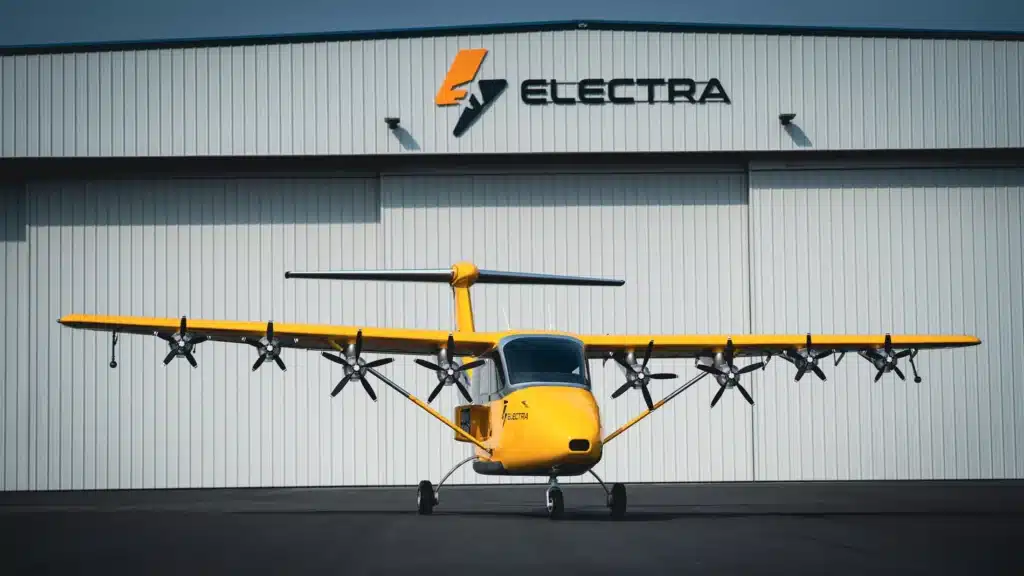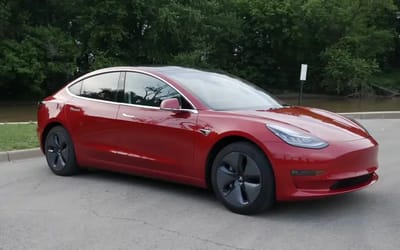Hybrid-electric aircraft achieves first take-off and landing
- This new aircraft is known as an eSTOL
- An eSTOL requires one tenth of the space a ‘normal’ plane would take to land
- This prototype has room for nine passengers
Published on Jun 03, 2024 at 8:21 PM (UTC+4)
by Alessandro Renesis
Last updated on Jun 04, 2024 at 4:18 PM (UTC+4)
Edited by
Tom Wood
This is Electra’s eSTOL, a new type of hybrid-electric aircraft that’s just successfully completed its first test flight.
A production version is still years away so it’s too early to celebrate.
Having said that, this new plane might revolutionize the way we fly for two important reasons.
READ MORE: Double-decker supersonic aircraft dwarfs Concorde and would fly from New York to London in 2.5 hours
Electra is a hybrid-electric aircraft, which means it is a lot more efficient than just about anything else in the sky today, and potentially just as efficient as some hydrogen prototypes.
The first test flights, conducted between April and May 2024, took place in Virginia, with the longest flight lasting nearly two hours.
During these tests, the aircraft reached an altitude of 6,500 feet.
The second thing that makes this aircraft special, apart from the hybrid-electric engine, is the innovative system it uses.
They call this an eSTOL because the acronym stands for blown-lift hybrid-electric short take-off and landing.

Put simply, this is halfway between a regular jet, which needs a runway and several hundred yards (or sometimes kilometers) to take off and land, and an eVTOL or a chopper, which can take off and land pretty much on the spot.
According to Electra, the aircraft needs just one-tenth of the space required by a conventional aircraft.
Specifically, it only requires less than 170 feet (51 meters) to take off and less than 115 feet (around 35 meters) to land.
This is kind of a big deal because it means the plane could theoretically reach locations that only helicopters can reach today, while also being able to cover long distances and reach higher speeds.
This prototype has room for nine passengers, and the company says it could potentially become operational by 2028.
If everything goes to plan, we can expect larger airplanes with similar technology in the near future.
DISCOVER SBX CARS: The global premium car auction platform powered by Supercar Blondie





